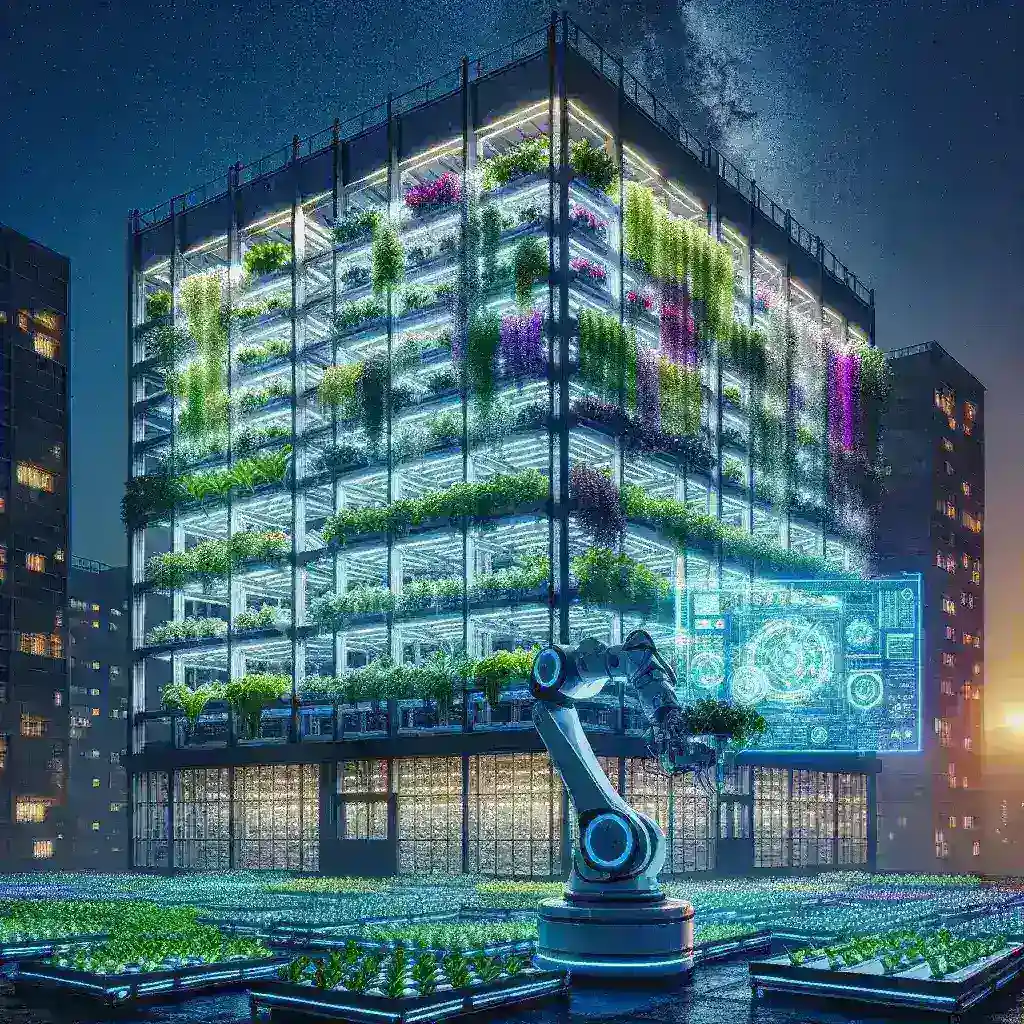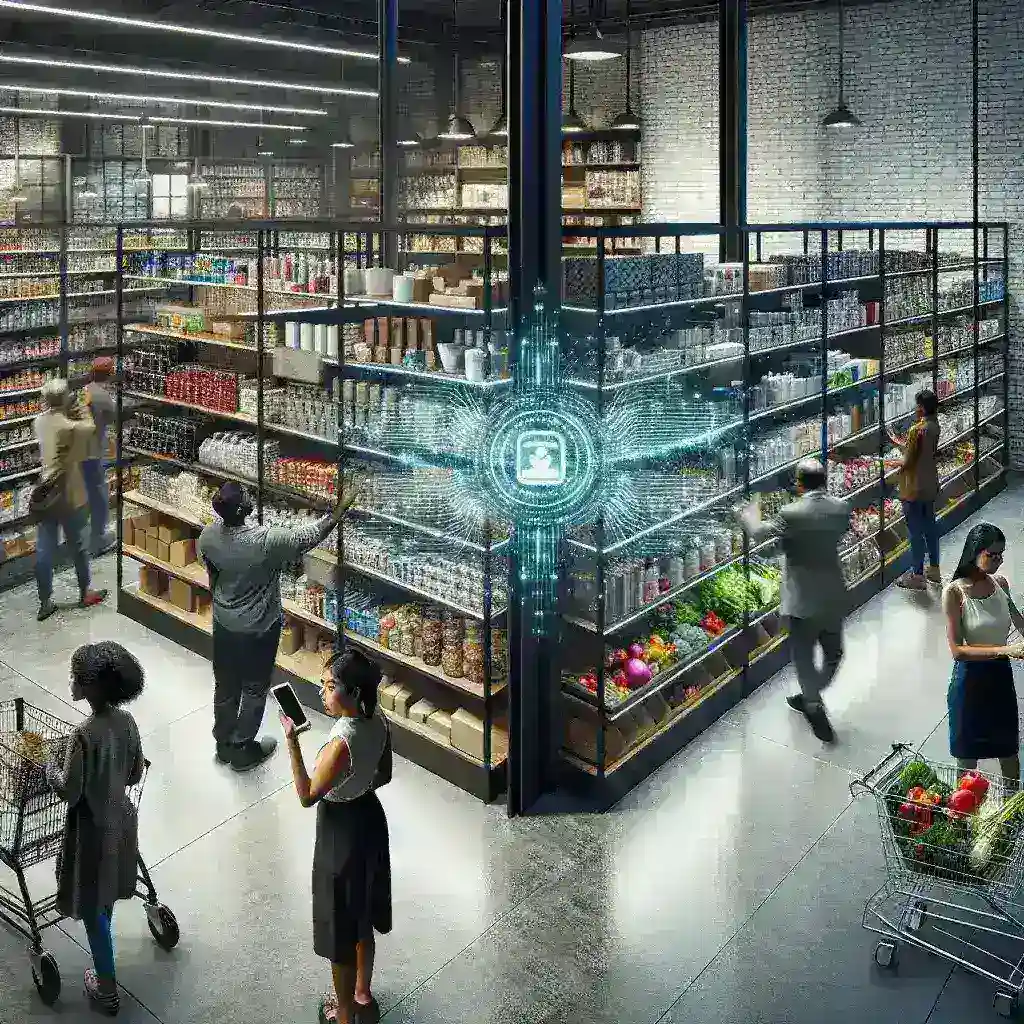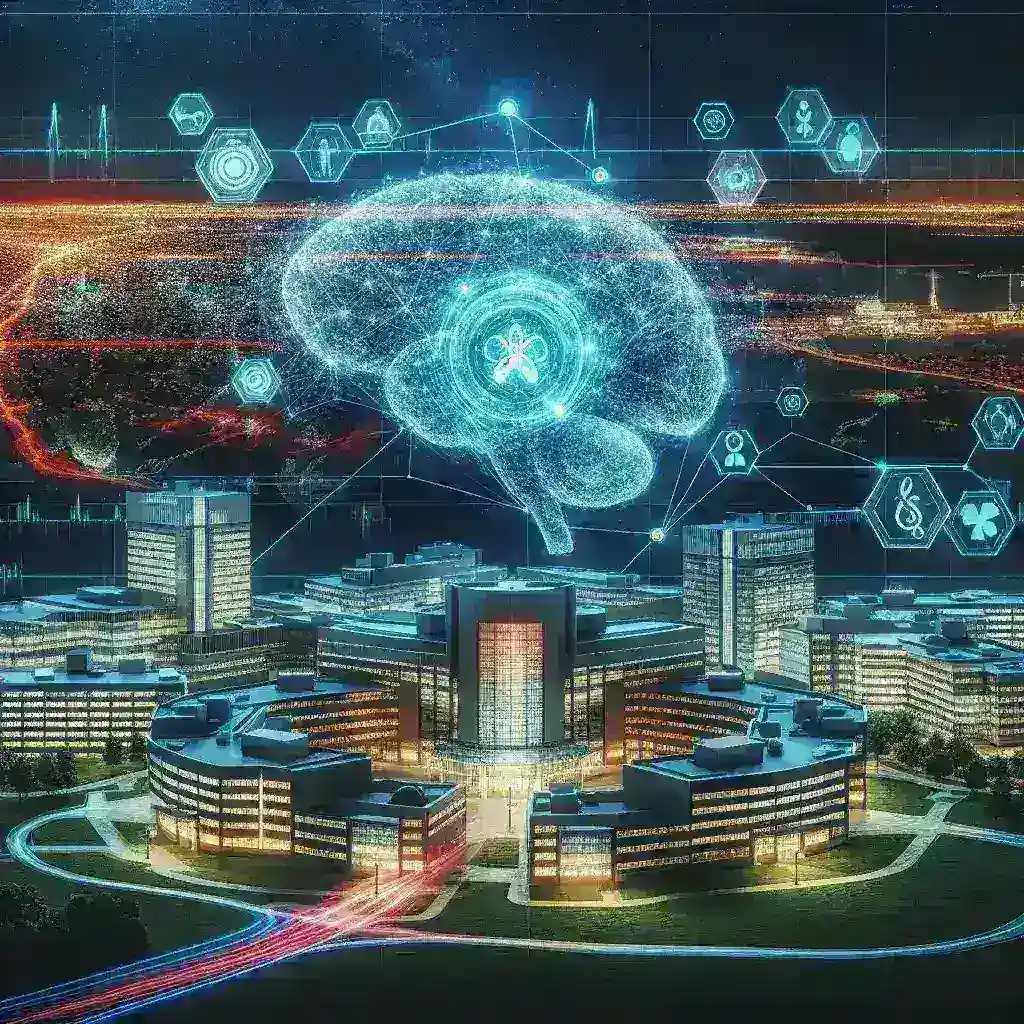
Introduction
In recent years, the agricultural industry has been undergoing a significant transformation, driven by the need for sustainable food production methods. One of the most groundbreaking innovations in this field is vertical farming, which has emerged as a solution to the challenges of traditional farming. A vertical farming corporation has recently achieved profitability by leveraging AI-optimized cultivation, setting a benchmark for the future of agriculture. This article explores the strategies, technologies, and implications of this remarkable achievement.
The Rise of Vertical Farming
Vertical farming refers to the practice of growing crops in vertically stacked layers, often in controlled indoor environments. This innovative approach maximizes space and enhances resource efficiency, making it especially valuable in urban areas where land is limited. The concept has gained traction due to several key advantages:
- Space Efficiency: Vertical farms can be established in buildings, warehouses, and even abandoned spaces, reducing the need for arable land.
- Water Conservation: These farms use advanced irrigation techniques, often utilizing up to 90% less water than traditional methods.
- Reduced Transportation Costs: By locating farms closer to urban centers, vertical farming minimizes the distance food travels, reducing carbon emissions.
- Year-Round Production: Controlled environments allow for continuous crop production, independent of seasonal changes.
AI-Optimized Cultivation: The Game Changer
As vertical farming continues to evolve, the integration of artificial intelligence (AI) has revolutionized cultivation practices. AI technology enables farmers to optimize various aspects of the growing process, leading to increased efficiency and profitability. Here are some key areas where AI plays a pivotal role:
1. Data-Driven Decision Making
AI algorithms analyze vast amounts of data collected from sensors embedded in the farming environment. This data includes variables such as temperature, humidity, light levels, and nutrient concentrations. By processing this information, AI can provide actionable insights and recommendations, allowing farmers to make informed decisions about crop management.
2. Predictive Analytics
AI-powered predictive analytics helps vertical farms anticipate potential challenges and optimize yields. For instance, by analyzing historical data and environmental trends, AI can forecast pest outbreaks or disease risks, enabling proactive measures to safeguard crops.
3. Automated Systems
Automation is another critical component of AI-optimized cultivation. Automated systems can manage irrigation, nutrient delivery, and even lighting schedules, ensuring that plants receive the ideal conditions for growth. This reduces labor costs and minimizes human error.
Historical Context and the Evolution of Technology
The journey of vertical farming and AI optimization has been remarkable. The concept of vertical farming dates back to the late 20th century, but it gained momentum in the 21st century as urban populations surged and the demand for sustainable food sources increased. The advent of advanced technologies—including LED lighting, hydroponics, and aeroponics—laid the groundwork for modern vertical farms.
AI technology began to infiltrate agriculture a few years ago, initially aiding in precision farming and crop monitoring. Today, it plays a vital role in vertical farming, where the conditions can be meticulously controlled to enhance productivity.
Case Study: A Successful Vertical Farming Corporation
One corporation that has exemplified the successful integration of AI in vertical farming is Urban AgriTech. Based in a metropolitan area, Urban AgriTech has implemented advanced AI systems to streamline its operations. Here are some highlights of their journey:
Initial Challenges
Upon establishing their vertical farm, Urban AgriTech faced challenges related to inconsistent crop yields and high operational costs. They realized that a more data-driven approach could help them overcome these barriers.
Implementation of AI Technology
Urban AgriTech partnered with AI experts to develop a custom platform that monitored environmental conditions and plant health. By integrating machine learning algorithms, they could fine-tune their cultivation processes.
Results Achieved
Within just two years, Urban AgriTech reported a significant increase in profitability. Crop yields improved by over 30%, and the company was able to reduce its operational costs by 20%. The use of AI not only enhanced productivity but also led to more sustainable practices.
Future Predictions for Vertical Farming
The future of vertical farming looks promising, especially as technology continues to evolve. Experts predict several trends that will shape the industry:
- Increased Adoption of AI: More vertical farms will embrace AI technologies, leading to enhanced operational efficiencies and better crop management.
- Focus on Sustainability: As climate change becomes a pressing concern, vertical farming will play a crucial role in sustainable food production, reducing the environmental footprint.
- Urban Integration: Vertical farms are likely to become a common feature in urban landscapes, providing fresh produce to city dwellers.
Pros and Cons of Vertical Farming
Pros
- Sustainability: Vertical farming contributes to sustainable agriculture by reducing water usage and minimizing land requirements.
- Food Security: With growing populations, vertical farms can help address food security challenges by producing food closer to urban centers.
- Increased Efficiency: AI optimization enhances productivity, allowing for higher yields in smaller spaces.
Cons
- High Initial Costs: Setting up a vertical farm can be capital-intensive, especially when incorporating advanced technologies.
- Energy Consumption: While vertical farms reduce water consumption, they can require significant energy for lighting and climate control.
- Market Acceptance: Some consumers may be hesitant to accept produce grown in artificial environments.
Conclusion
The journey of the vertical farming corporation that achieved profitability through AI-optimized cultivation is a beacon of hope for the future of agriculture. As technological innovations continue to reshape the industry, vertical farming stands at the forefront of sustainable food production. By embracing AI and automation, vertical farms can overcome challenges and pave the way for a more sustainable and efficient agricultural landscape. With the increasing demand for fresh produce and the pressing need for sustainable practices, the potential for vertical farming is limitless.





Leave a Reply